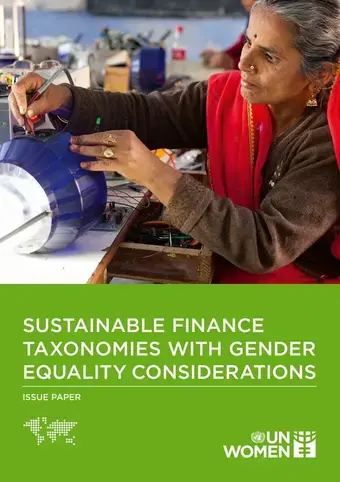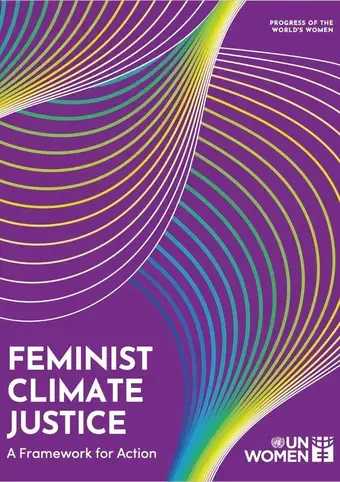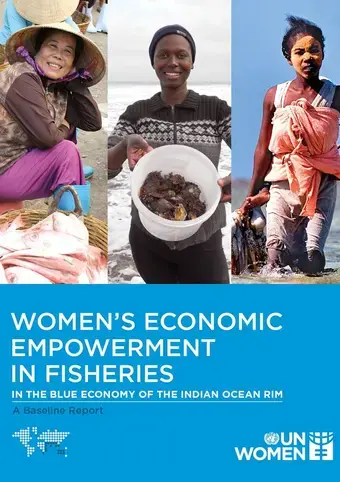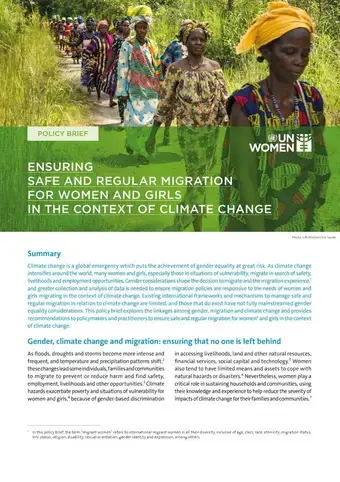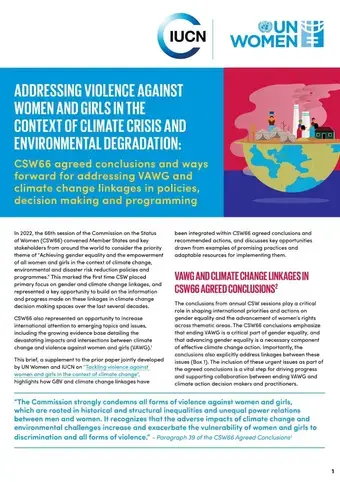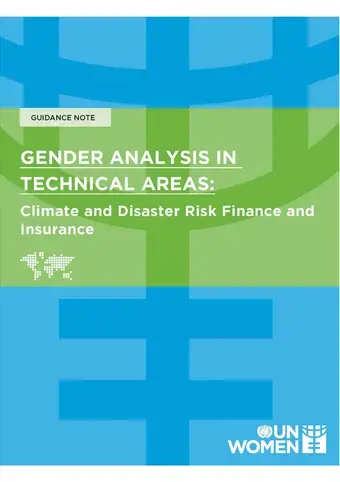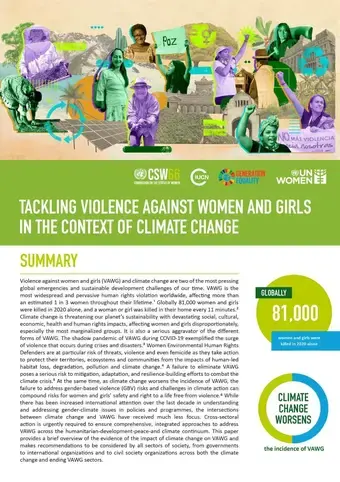SDGs 12–15
From fisheries to climate talks, women play vital roles – but not on equal terms.
Of the 61.8 million people employed in the primary fisheries and aquaculture sector in 2022, 24 per cent were women, rising to about 62 per cent of those employed in the processing subsector. Despite occupying roles essential for the functioning of fisheries and aquaculture, women constitute disproportionate shares of those in informal work, with the lowest pay and least stability, and in jobs requiring fewer skills. Only 14 per cent of aquaculture and fisheries production managers are women. Wage differences and insufficient recognition of women’s contributions prevent them from fully exploring and benefiting from opportunities in the sector.
Just 14%
of aquaculture and fisheries production managers are women.
Women must be included in critical decisions to protect marine ecosystems and coastal livelihoods. The Women Ocean Guardians Commitment, made by 3 governments and 20 organizations at the 2025 Ocean’s Conference, seeks to embed gender equity in national ocean and biodiversity plans. It aims to elevate women in decision-making across maritime bodies, and build leadership, technical and financial capacities among coastal women.
Many more initiatives with concrete implementation strategies are urgently needed, however, including in broader climate decision-making, where women’s participation has increased over time but is nowhere close to parity. Women led 9.2 per cent of delegations to the 2015 United Nations Framework Convention on Climate Change (UNFCCC), reaching 23.8 per cent in 2024. As countries prepare their next round of NDCs, at least 46 have reported including women’s voices in recent national consultations. This number drops to 33 countries, however, for women from marginalized groups. Further, such participation may not always lead to more gender-responsive climate policies. Systematic monitoring is needed to ensure women’s engagement – especially that of indigenous, Black and other marginalized women, who contribute least to climate change yet bear its worst impacts. The UNFCCC Gender Action Plan, expected to be adopted at the 30th Conference of the Parties to the UNFCCC (COP 30) in 2025, is a critical normative roadmap to drive gender-responsive climate policy.
